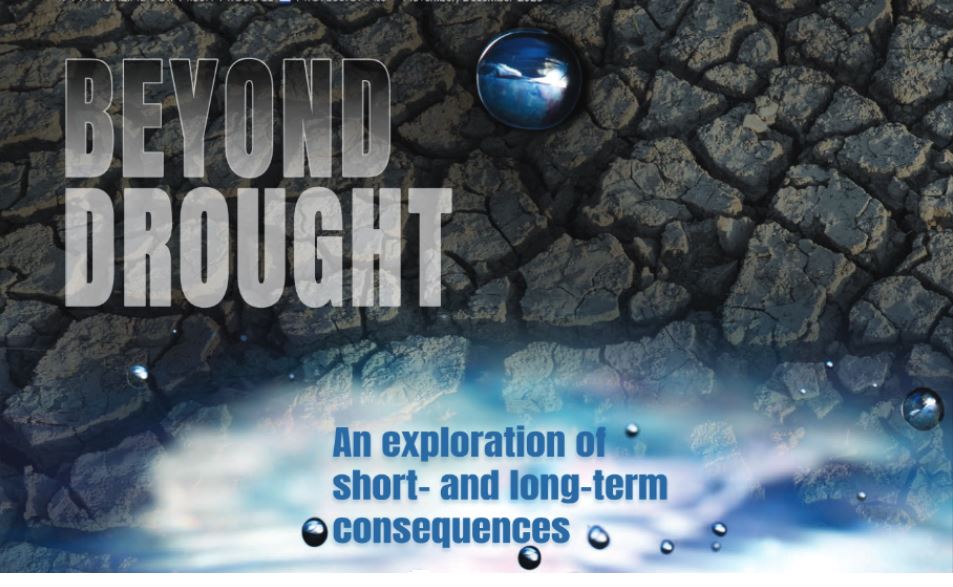The water woes of the Western states have attracted a great deal of attention, but Texas faces similar issues.
An indicator of the future came in mid-2022, according to Dante Galeazzi, president and CEO of the Texas International Produce Association BB #:162361 in Mission, TX. “Probably the clearest indicator was what we saw late in the summer: negative allocations,” he recalls, meaning that water supplies stopped entirely.
“We did get it resolved—it took three weeks to get water back to users,” he says, which affected the planting of fall vegetable crops.
Nonetheless, he adds, “We’ve got to have the capacity for the full season.” Many of the state’s crops are what he calls “multi-month, 100 to 120 days—we need more than a few thunderstorms.”
Conserving with precision
One result of the scarcity: over the last 10 years, Galeazzi points out a major push to drip irrigation, which uses far less water. He says many growers “are moving to drip, with plastic or other substrates to retain moisture.”
Some growers are “playing around with technologies like moisture sensors, but this is by no means widespread.” Drip, he adds, is “an imprecise term”—he prefers “precision irrigation” methods that include microjets and smaller mist spray sprinklers.
“Water policy in Texas has become a larger and larger talking point every year,” Galeazzi says, with much happening “at hyperlocal levels such as water districts and irrigation districts.
“We’re now seeing urban pressures,” Galeazzi continues, pointing out that Texas gets 850 new residents a day. As a result, he says developers fighting agricultural interests are driving many of the regulations in Austin, the state’s capital.
Texas continues to differ from California in one important respect, says Galeazzi: “The conversation about water use is not in the public eye yet,” so the average Texan is not weighing in on water use.”
Consequently, the animosity between urban and agricultural interests that characterizes water discourse in California remains absent from Texas.
He says the conversation isn’t “Ag, you shouldn’t get water,” and is more about, “How do we divvy up the water? How does everyone get a fair shake? Who’s in line?”
Even in such a politically divided state, Galeazzi doesn’t believe water is partisan.
“In my opinion, it’s not a party issue. People understand that residents need water; everyone is of that mind.” It’s more a question of “who gets it when and how much,” he says.
Galeazzi predicts water availability will affect the crop mix in future years, although he’s uncertain how. One difference is that permanent crops—citrus, peaches, blueberries—are much less prominent than in California.
This is an excerpt from the cover story in the November/December 2023 issue of Produce Blueprints Magazine. Click here to read the whole issue.



